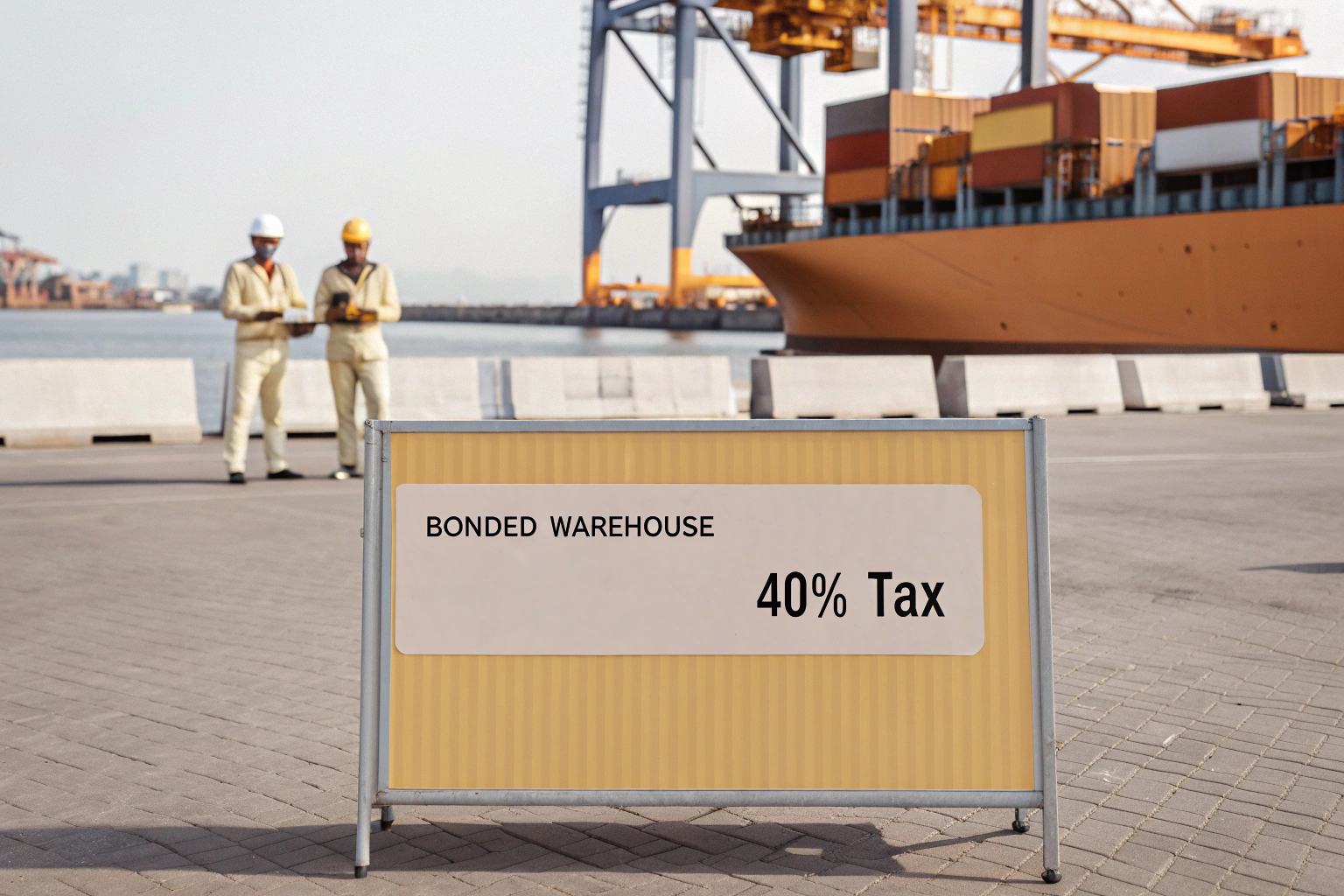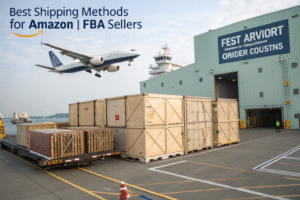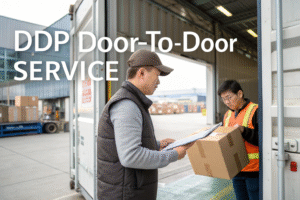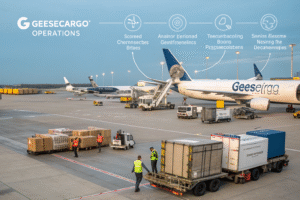Exports to Myanmar are facing a major shift: a 40% import tax on many categories of consumer goods in 2025. Without strategic planning, this can obliterate profit margins, delay shipments, and disrupt your supply chain.
In this article, you'll learn which goods are hit, how to restructure your shipping strategy, and what importers should do now to protect their business—and bottom line.
If you're sourcing apparel, electronics, promotional items, or household goods into Myanmar, read on. Smart logistics planning today can limit your exposure and avert costly surprises.
Which Goods Are Taxed at 40% in Myanmar?
The new regulation imposes a 40% ad valorem tax on key consumer categories:
- Apparel & textiles (HS 61 & 62)
- Small electronics & accessories (HS 85)
- Plastic household goods (HS 39)
- Promotional merchandise & toys (HS 95)
These goods now have a combined CIF-based duty of 40% at customs in Yangon or Thilawa.
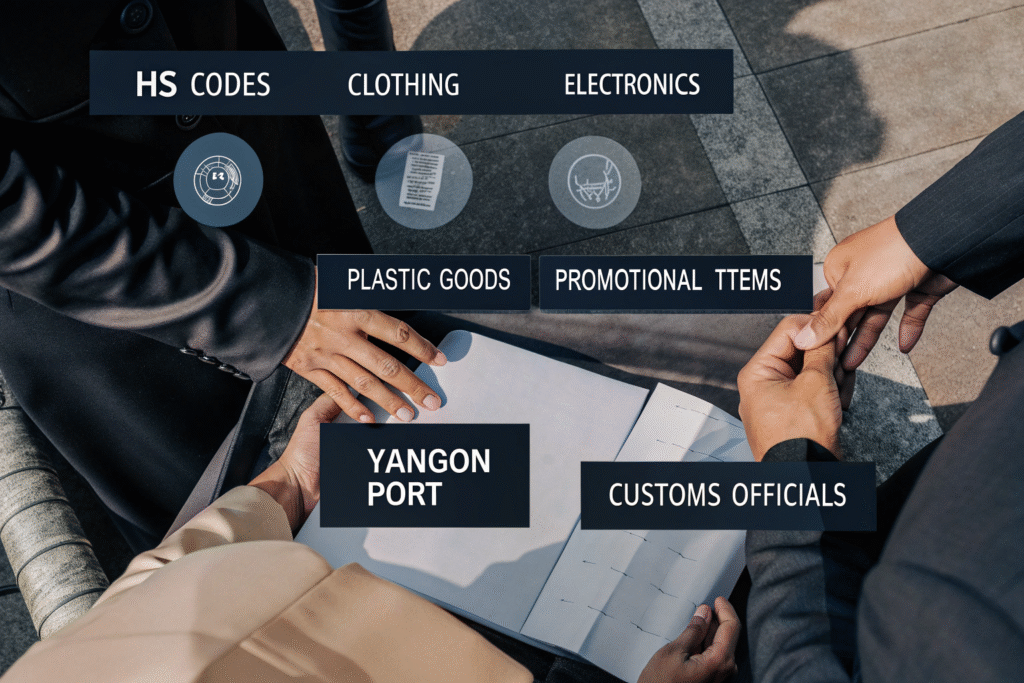
How to Confirm If Your Products Are Included?
Check your product’s HS code using the Myanmar Customs Tariff Database or global HS lookup tools. If your goods fall under the common consumer categories above, they’re likely subject to the 40% tax.
Importers should also request a HS classification audit from their forwarder or customs broker to avoid misclassification and unexpected duty charges.
Are Any Products Exempt from the 40% Import Duty?
Yes. Essential imports like industrial machine parts, food ingredients, raw materials, and agricultural items remain on standard duty rates (5–10%). Products bound for re-export zones may also qualify for exemption.
At GeeseCargo, we assist in reclassifying mixed shipments and documenting exemptions to help lower your effective tax burden legally.
What Strategies Help Mitigate the 40% Tax Impact?
While 40% duty is substantial, importers can reduce exposure via legal logistics and document strategies:
Key strategies: DDP shipping, bonded storage, reclassification, invoice optimization, and tariff exemption reviews.

Can DDP Shipping Provide Certainty?
Yes. Delivered Duty Paid (DDP) ensures all duties—including the 40% tariff—are calculated and handled before shipment. You receive total landed-cost clarity and avoid unexpected customs delays.
This is ideal for high-volume customers or brands shipping small parcels into Myanmar.
Is Bonded Warehousing an Effective Option?
Absolutely. Myanmar's bonded facilities near Yangon and Thilawa allow temporary importation without paying import taxes upfront. Duty is only paid when goods enter the local market.
This helps with seasonal stock, re-export plans, or large inventories awaiting buyer distribution.
Should You Review HS Classification for Lower Tariffs?
Even a slight HS code reclassification can change your duty burden. Optimizing classification legally could cut your tariff liability by half.
Correct HS codes are vital to preventing overpayment and compliance issues.
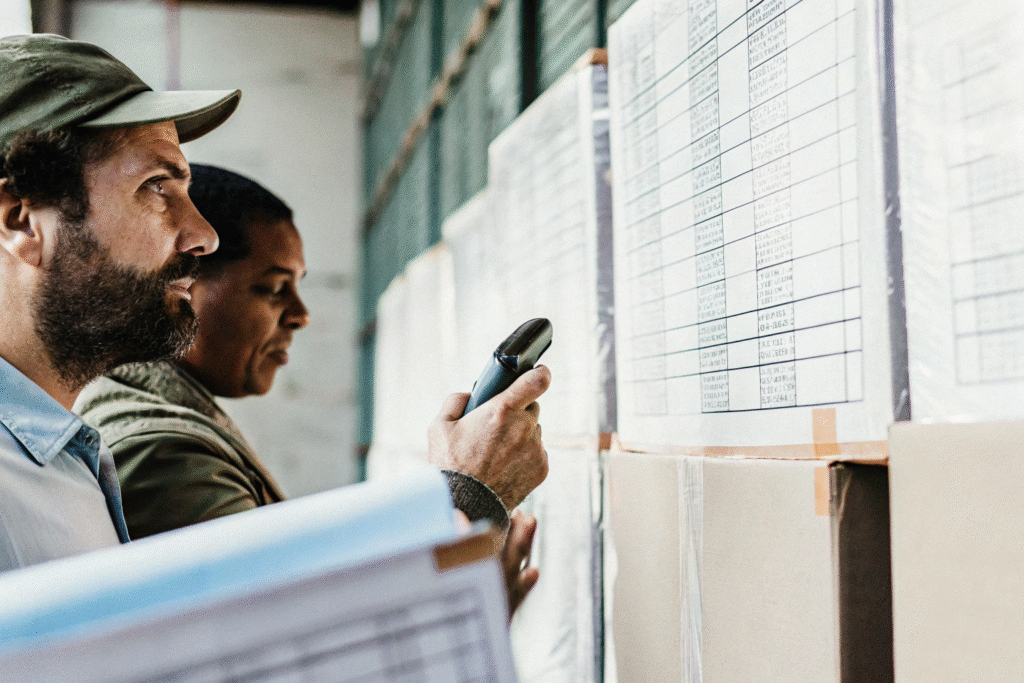
What HS Misclassifications Are Common?
Examples include:
- Labeling synthetic textiles as general apparel rather than blend (higher tariff bracket)
- Classifying premium headphones incorrectly as accessories
- Packaging consumer toys as industrial parts
Use tools like the WCO HS Lookup Tool or hire classification experts to ensure you fall into the most favorable bracket possible.
How Does Advance Ruling Help?
You can apply for an advance ruling by Myanmar Customs to receive pre-approved HS code classification. This ensures duty predictability and avoids post-arrival reevaluation or penalties.
GeeseCargo assists importers in obtaining and managing advance rulings to secure consistent tariff treatment.
How Can Invoice Structuring Reduce Taxable Value?
The tax base is assessed on CIF. Strategic invoice structuring—separating out non-dutiable costs—can significantly reduce taxable value.
Optimized invoices exclude freight, insurance, commissions, and other charges where permissible.
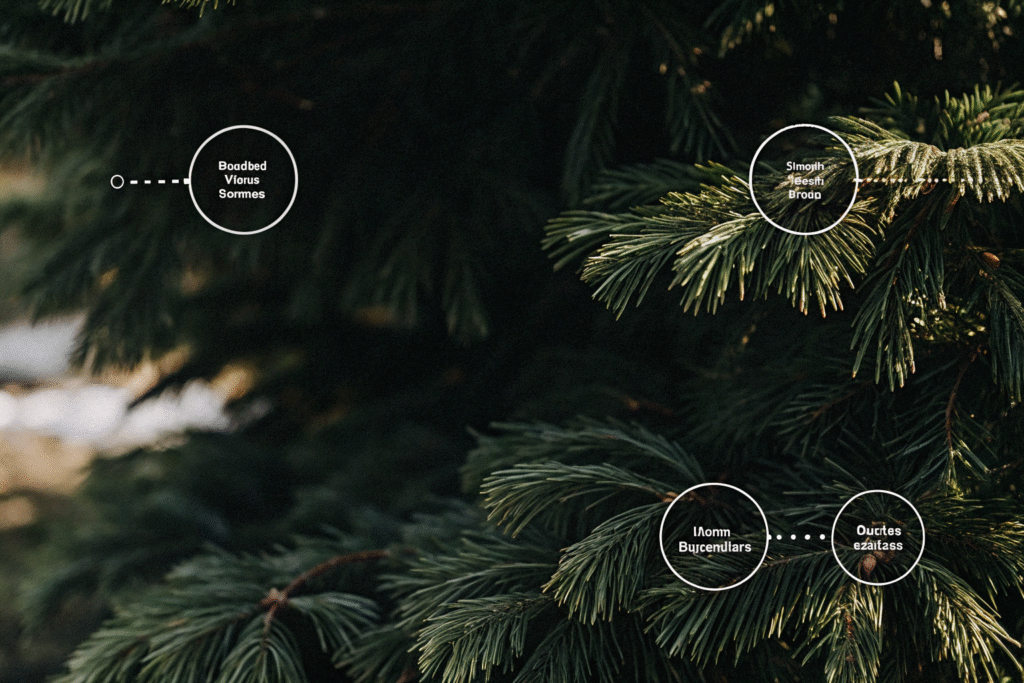
Should You Declare FOB Instead of CIF?
In Myanmar, customs calculates duty on CIF (Cost + Insurance + Freight). Declaring under FOB (when supported) may exclude freight/insurance, lowering your taxable base.
GeeseCargo recommends using FOB where allowed and managing shipping costs separately to minimize the 40% tariff impact.
What Non-Dutiable Charges Can Be Excluded?
Examples include repacking fees, design royalties, or inspection costs. These can legally be itemized separately so they remain outside the taxable base.
We assist clients in preparing fully compliant invoices and supporting documentation to ensure customs accepts these adjustments.
What Should Importers Do Now?
Act quickly to prevent the 40% tariff from eroding your margins on incoming shipments.
Immediate action checklist:
- Audit your HS codes and classifications
- Structure invoices to minimize dutiable value
- Consider DDP shipping to lock in cost
- Use bonded warehouses if items may be re-exported

How Can GeeseCargo Support Your Next Shipment?
We offer:
- Free HS code audit—identify classification risk
- Landed-cost quoting including the 40% tariff
- DDP service with tariff included upfront
- Bonded storage setup in Yangon/Thilawa
Contact us now to secure favorable shipping terms before your cargo lands.
Conclusion
Myanmar’s 40% import tariff is a significant challenge—but manageable with expert planning. By using DDP, bonded storage, proper HS classification, and invoice optimization, importers can reduce their duty burden and maintain competitiveness.
At GeeseCargo, we specialize in adjusting shipping plans instantly when tariff policies change. If you're importing into Myanmar in 2025, reach out to Ben Zhu at benzhu@geesecargo.com for a tailored plan that protects your margins and streamlines customs compliance.
